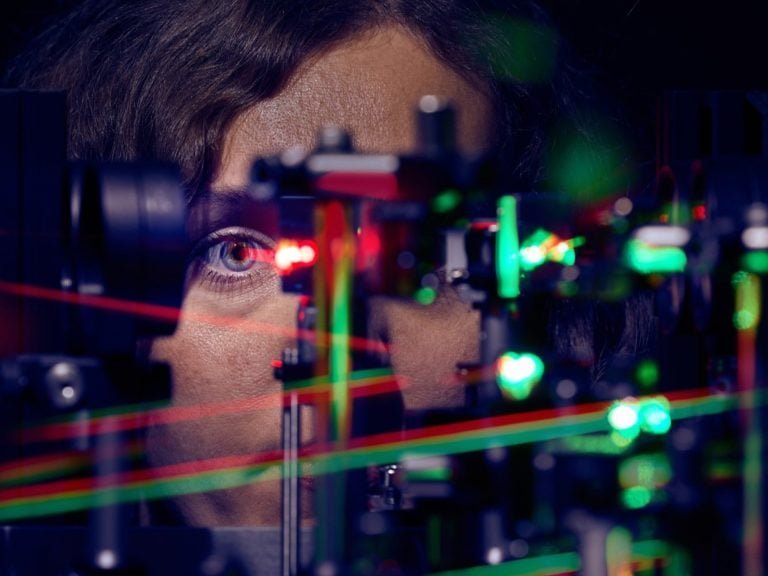Researchers at the University Hospital Bonn have made a groundbreaking discovery about how our eyes move to achieve sharp vision. The study, published in eLife, reveals the intricate relationship between subtle eye movements and the density of photoreceptors in the retina.
The Eye’s “Dance” Explained
When we focus on an object, our eyes make tiny, continuous movements called fixational eye movements. These movements are unique to each individual and play a crucial role in our ability to see clearly. The researchers found that:
- Eye movements are finely tuned to optimize sampling by cone photoreceptors.
- The density of cone photoreceptors varies between individuals.
- Drift eye movements are precisely aligned with the structure of the fovea.
Key Findings:
- Humans can perceive finer details than cone density suggests.
- Tiny eye movements influence sharp vision.
- Drift movements adjust to retinal areas with higher cone density.
Implications:
- Understanding eye physiology and vision can help address ophthalmological and neuropsychological disorders.
- Insights can improve technological solutions, such as retinal implants.
The Study:
Used high-resolution imaging and micro-psychophysics to examine 16 healthy participants.
Measured visual acuity and tracked eye movements during a letter discrimination task.
Reference:
“Sub-cone visual resolution by active, adaptive sampling in the human foveola” by Jenny L Witten, Veronika Lukyanova, and Wolf M Harmening, eLife.
Share Your Thoughts:
How do you think this research will impact our understanding of vision and eye health? Share your comments below!

















